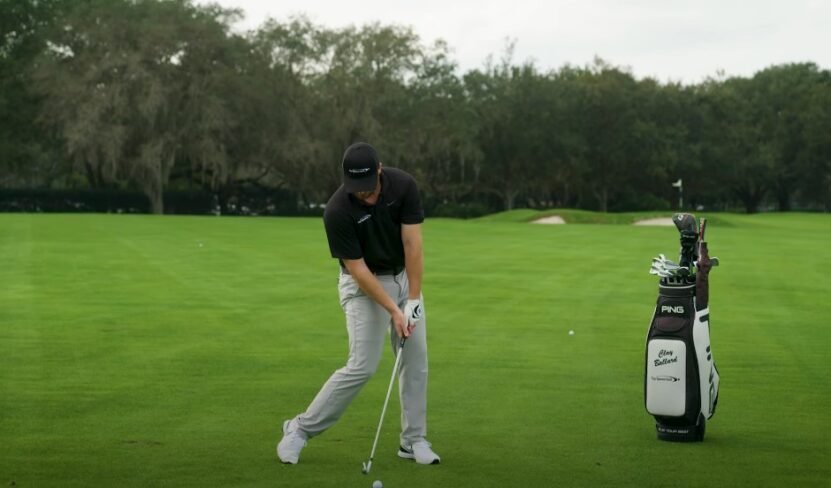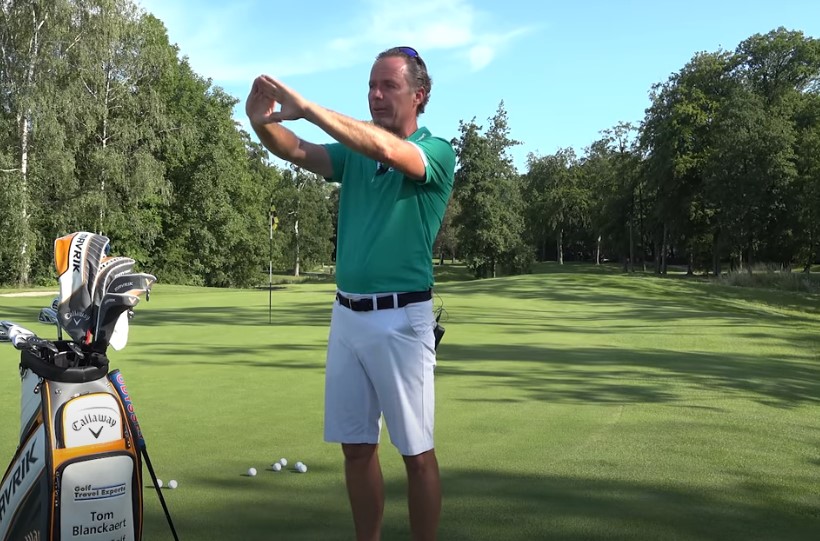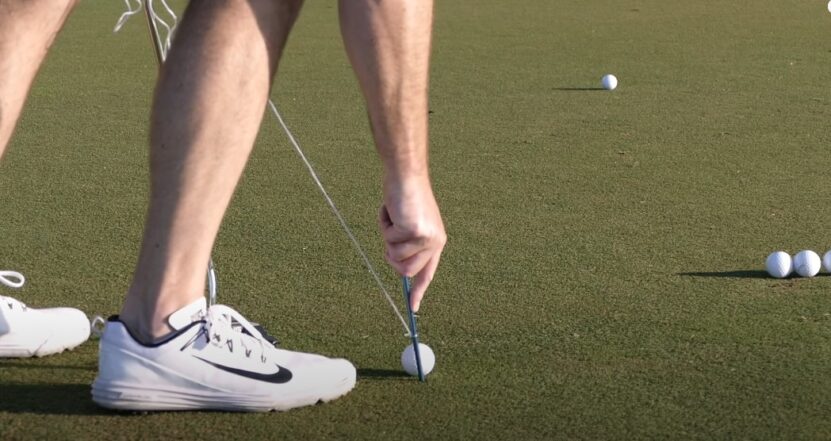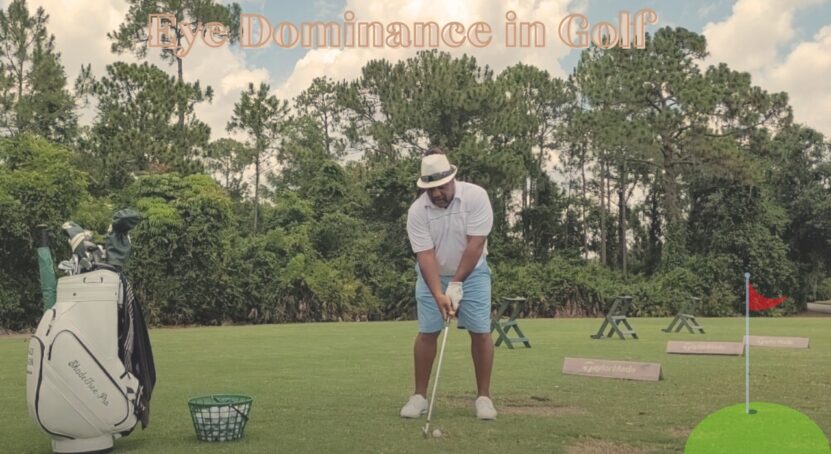As a passionate golfer, I’ve spent countless hours on the green, perfecting my swing, refining my stance, and experimenting with different clubs. I’ve felt the thrill of a perfectly executed drive, the satisfaction of a well-placed chip, and the pure joy of a long putt finding its home at the bottom of the cup. But, like many golfers, I’ve also experienced the frustration of inconsistent play, especially when it came to putting.
I’ve always known that putting is a game within a game. It requires a different set of skills compared to the full swing. Precision, touch, and feel are paramount on the greens. Over the years, I’ve tried various techniques to improve my putting, from adjusting my grip and stance to practicing with different types of putters. Some of these changes yielded improvements, but I still felt like something was missing. I still struggled with alignment and distance control, the two critical aspects of successful putting.
Then, one day, I came across an article about dominance. I learned that everyone has a dominant that sends more information to the brain than the other. This dominance plays a significant role in our spatial awareness and depth perception, two crucial aspects of putting. Intrigued, I decided to find out which of my eyes was dominant. To my surprise, I discovered that I was right-eye dominant.
This revelation was a game-changer. I realized that my putting stance had been set up for someone who was left-eye dominant. My right eye was not in the optimal position to judge the line and distance of the putt, which explained my struggles on the green.
What Is Eye Dominance
Before we dive into the nitty-gritty of putter selection, let’s take a moment to understand what eye dominance means. Eye dominance, also known as ocular dominance, refers to the tendency to prefer visual input from one eye over the other. It’s not about which eye sees better; it’s about which eye your brain trusts more when it comes to processing visual information.
I discovered my dominant eye during a routine check-up. The optometrist had me look at a distant object through a small hole in a card, first with one eye and then with the other. The eye that kept the object centered was my dominant. For me, it was my right.
The Impact on Golf

It plays a significant role in golf, particularly when it comes to putting. When you’re preparing to putt, you’re relying heavily on your visual perception of the distance between your ball and the hole, the angle at which you need to hit the ball, and the slope of the green. Your dominant eye is crucial in this perception process.
In my personal experience, I noticed a pattern in my putting stance. I naturally positioned my head so that my right eye (my dominant) was directly over the ball or slightly inside the ball. This position allowed me to better judge the line and distance of the putt. It might seem like a small adjustment, but it made a significant difference in my accuracy. I found that my putts were more on target and I was able to judge distances more accurately, leading to fewer putts overall.
Choosing the Right Putter Based on Eye Dominance

Your dominant can also guide your choice when it comes to selecting a putter. Putters come in a variety of designs, and some are better suited to right-eye dominant golfers, while others are designed with left-eye dominant players in mind.
Right
As a right-eye dominant golfer, I found that a blade putter with a slight offset—where the putter head is set back from the shaft—worked best for me. The offset design of the putter allowed me to keep my right eye directly over the ball or slightly inside of it, which improved my alignment and accuracy. This type of putter design helped me to align my putts more accurately, leading to more successful putts and lower scores.
Left
For left dominant golfers, a mallet putter or a center-shafted putter can often be a good choice. These designs allow the golfer to position their head so that the dominant eye is directly over the ball or slightly outside of it. This can enhance the golfer’s perception of the line and distance, leading to more accurate putts.
In addition, the larger size and weight distribution of mallet putters can provide more stability during the stroke, which can be particularly beneficial for golfers who struggle with short putts. The center-shafted putter, on the other hand, offers a clear sightline to the ball, making it easier for left-eye dominant golfers to align their putts accurately.
Personal Experience and Experimentation

Discovering my eye dominance and adjusting my putter selection was a game-changer for me. But remember, golf is a highly personal game. What works for one golfer might not work for another. It’s all about understanding your own style, experimenting with different techniques, and finding what works best for you.
When I first started playing with a blade putter, it felt a bit awkward. But after a few rounds, I started to see improvement in my putting game. My alignment was better, my perception of distance improved, and I started sinking more putts.
When delving into the article on eye dominance in golf, particularly when selecting the right putter for your dominant eye, it becomes apparent that the evaluation of whether 100 is considered a good golf score involves a breakdown of the numbers
Conclusion
Understanding your eye dominance and how it impacts your golf game can be a stepping stone to improving your performance on the green. It’s not just about the strength of your swing or the quality of your clubs—it’s also about how you perceive the game visually. So, take the time to discover your dominant eye and experiment with different putters. You might just find that it’s the key to upping your golf game.

